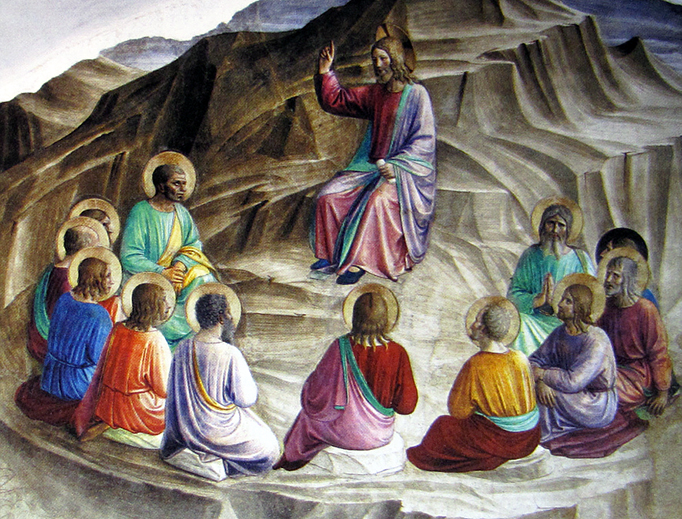Some Biblical Reflections
by Fr. Francis Martin
The basic principle in considering the morality of suicide consists in the fact that life is a gift, which means that its intelligibility must include relationality. We owe the fact of our life to others, not only in conception and growth but more profoundly in the relation that grounds our existence and life, namely, creation by God himself. It is impossible to discuss suicide without taking into account this basic relationship to God to whom we are indebted for our existence and continued life. Many insightful reflections on suicide are to be found in chapter 10 of the study by Robert Spaemann: Persons. The Difference Between ‘Someone’ and ‘Something’ (Oxford Studies in Theological Ethics, Oxford University Press, 2006), especially chapter10, “Death and the Future Perfect Tense.’’ This short essay of the basic viewpoints regarding suicide will draw on this chapter and draw as well on chapter 18, “Are All Human Beings Personal?”
The life of a human being is at once a gift from God and a personal possession. Because it is a personal possession it is subject to personal decision, because it is a gift from God it must correspond to the intention of the donor. We can see in the lives of the saints the perfect realization of these dimensions of life: it is a gift and it is a responsibility. Most modern reflections on life oscillate between these two aspects and the greatest challenge to their integration is to be found in the reality of suffering. Moments of profound suffering bring us face to face with the challenge of possessing a gift that can be unwanted. It is at this point that the mystery of suffering brings us face to face with the fact that our personal possession of life does not include the right of disposing of the gift in a way that seems best to us. Life always remains a gift from the Giver. This position will disclose for us the fact that we can be sure of always living because this gift is permanently fixed in the will of God for us. St. Bernard, pondering the mystery of our free will and our encounter with God, expressed it this way: “consentire salvari est:” “To consent is to be saved.”
I am writing this brief reflection on the feast of St. Therese of Lisieux. In the last days of her short life, one of her most aggressive temptations was the thought that with death would come extinction. Paradoxically, this is the temptation of many who desire suicide. In their desire to exist no longer in pain, they can be unaware of God’s plan of mercy for them. Those who surround them and love them must mediate that conviction of everlasting mercy to those who are suffering and help to fortify their hope. This requires more than platitudes. It means sharing with them a deep experience of mercy and hope, a hope that can see beyond the fear and the pain to the ultimate goal of God’s plan of forgiveness and endless happiness. Even in pain God’s mercy is the source of hope.
Perhaps the greatest obstacle in mediating to the dying the hope of being forgiven and of ultimately living with God forever, is the prevailing attitude that God is an unknowable abstraction and that, ultimately, there is no forgiveness for sin. It is never too late to share a conviction of God’s mercy with someone who is in pain and intuitively knows that the end of their life is near. But the conviction cannot be a vague desire. It must rest on a real conviction of the mercy of God and be strong and personal enough to be shared in such a way that it contributes to carrying someone through death. There may be times that this does not seem possible to achieve, but the effort to communicate can speak louder than the words and ultimately it is the experience of this love and concern that makes its own witness.

